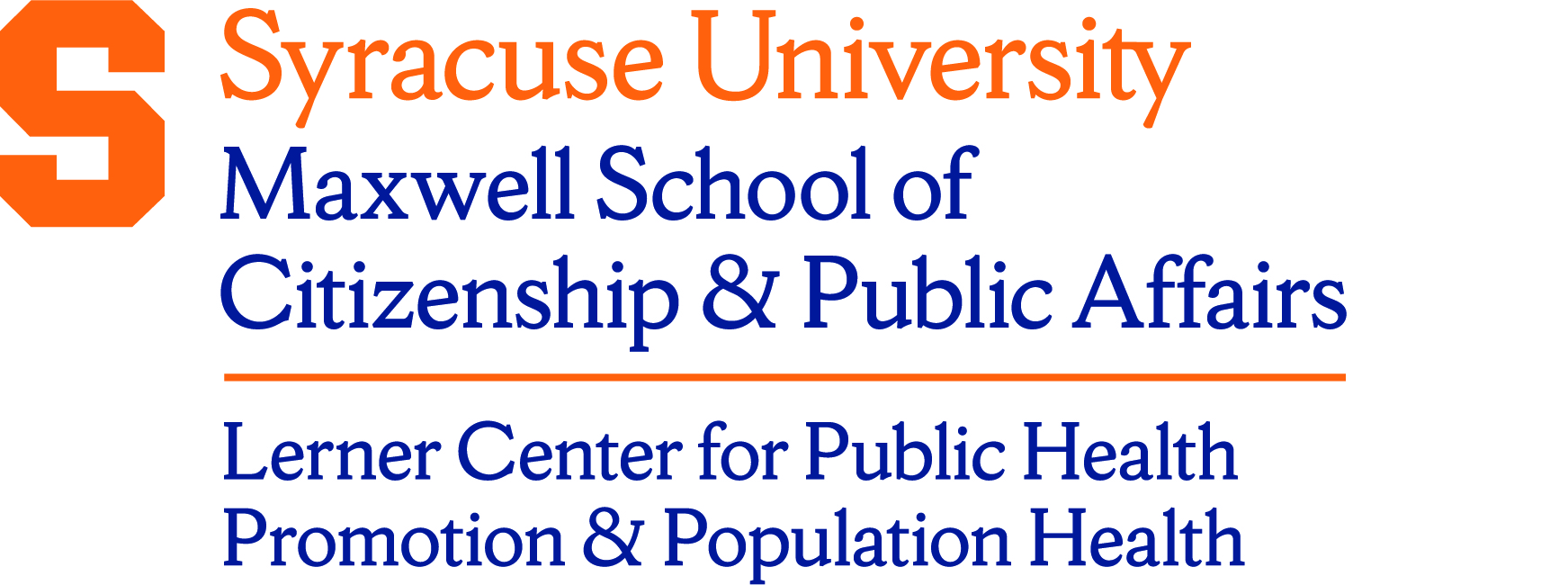ORCID
Alexander Chapman: 0000-0002-5236-3554
Description/Abstract
This brief summarizes results from a study examining the association between U.S. county-level opioid mortality rates and child maltreatment rates from 2007 to 2017. Places with higher opioid overdose mortality rates have higher rates of child maltreatment. Poverty makes this problem worse - where the proportion of families in poverty increases, the association between fatal opioid overdose rates and child maltreatment also increases. Findings suggest that intervening in opioid use by reducing poverty has the potential to markedly decrease the incidence of child maltreatment.
Document Type
Research Brief
Keywords
Opioid Crisis, Child Health
Disciplines
Health Policy | Maternal and Child Health | Social Welfare | Substance Abuse and Addiction
Date
3-21-2023
For More Information
Language
English
Acknowledgements
This research is supported by the Penn State Population Research Institute (PRI), which received core funding from the Eunice Kennedy Shriver National Institute of Child Health and Human Development (P2CHD041025) and by the Pennsylvania State University’s College of Liberal Arts via the Susan Welch/Nagle Family Graduate Fellowship. The author thanks Alexandra Punch and Shannon Monnat for helpful edits on a prior version of this brief. This brief is part of a series of briefs summarizing findings from a special issue of the ANNALS of the American Academy of Political and Social Science on the social and community consequences of the U.S. opioid crisis.
Funder(s)
Eunice Kennedy Shriver National Institute of Child Health and Human Development, Pennsylvania State University’s College of Liberal Arts via the Susan Welch/Nagle Family Graduate Fellowship.
Funding ID
P2CHD041025
Recommended Citation
Chapman, Alexander. (2023). How has the Opioid Overdose Crisis Affected Child Maltreatment in the U.S.? Lerner Center Population Health Research Brief Series. 216. https://surface.syr.edu/lerner/216
Creative Commons License

This work is licensed under a Creative Commons Attribution 4.0 International License.
Included in
Health Policy Commons, Maternal and Child Health Commons, Social Welfare Commons, Substance Abuse and Addiction Commons



